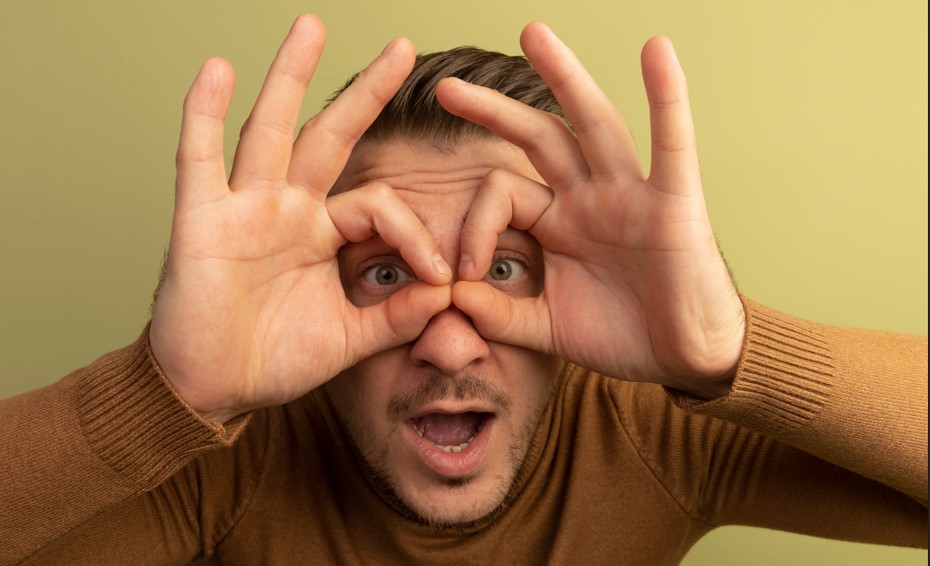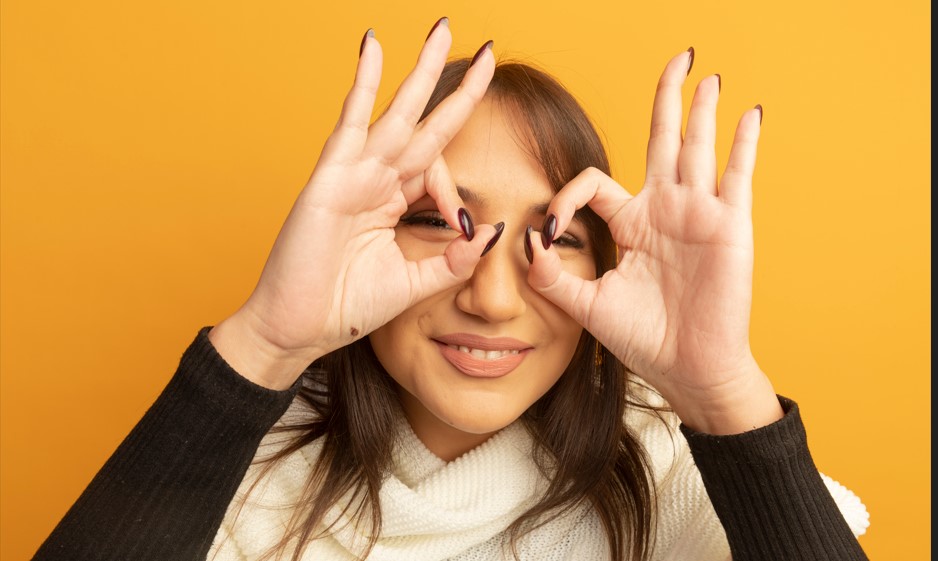Which Face Yoga Is the Best? A Comprehensive Guide to Effective Facial Exercises
Face yoga has surged in popularity as a natural, non-invasive method to tone facial muscles, reduce signs of aging, and promote a youthful, radiant appearance. With a wide array of techniques available—ranging from simple stretches to targeted muscle exercises—many enthusiasts ask: Which face yoga is the best? The answer isn’t one-size-fits-all; it depends on your goals, such as sculpting your jawline, smoothing wrinkles, or enhancing overall facial wellness. In this article, we’ll explore the most effective face yoga practices, how they work, how they relate to muscle-building principles from body yoga, and how to create a routine tailored to your needs.
What Is Face Yoga?
Face yoga is a series of exercises and massages designed to strengthen and relax the 50+ muscles in your face and neck. Much like traditional yoga works on flexibility and strength through controlled poses and breathing techniques, face yoga targets specific facial muscles to improve circulation, reduce tension, and promote a natural lift. Proponents suggest that regular practice can help minimize wrinkles, firm sagging skin, and enhance facial contours without invasive procedures. Similarly, just as body yoga builds muscle through resistance and repetition, face yoga uses these principles—contracting and stretching facial muscles—to improve tone, elasticity, and circulation, offering a holistic approach to facial fitness.
How Face Yoga Works
Face yoga strengthens facial muscles by stimulating blood flow and collagen production, which can enhance skin firmness, reduce puffiness, and subtly reshape facial contours over time. The process mirrors how body yoga builds lean muscle: consistent stress on muscles leads to microscopic tears that repair and grow stronger. For example, holding a facial pose creates isometric contractions, while dynamic movements engage muscles actively—paralleling the body’s Plank or Vinyasa flows. While face yoga won’t bulk up your face like weightlifting bulks biceps, it can create a lifted, toned look, akin to Pilates for your cheeks.
The Benefits of Face Yoga
-
Natural Rejuvenation: Regular practice may lead to a subtle lift and a reduction in the appearance of fine lines and wrinkles.
-
Improved Circulation: The movements encourage blood flow, delivering nutrients and oxygen to your skin.
-
Stress Reduction: The mindful, meditative nature of face yoga can help reduce stress and tension in facial muscles.
-
Enhanced Muscle Tone: Strengthening facial muscles improves appearance, enhances expressions, and prevents drooping.
-
Cost-Effective: As a non-invasive, at-home practice, face yoga is an affordable alternative to cosmetic procedures.
These benefits align with body yoga’s advantages—like improved mobility and stress relief—showing how both practices enhance wellness through muscle engagement.
Popular Face Yoga Techniques
There’s no universal “best” face yoga exercise, as effectiveness varies by individual goals, facial structure, and skin concerns. Below, we outline top techniques, their benefits, and their parallels to body yoga’s muscle-building principles:
1. The “V” Technique for the Eyes and Forehead
-
What It Is: Using your index and middle fingers, form a “V” shape at the outer corners of your eyes. Gently apply pressure while squinting slightly, then relax.
-
How to Do It: Place your fingers, look up, squint for 5-10 seconds, and repeat 5-8 times.
-
Benefits: Reduces tension around the eyes, smooths crow’s feet and frown lines, and contributes to a refreshed look.
-
Relation to Muscle Building: Targets the orbicularis oculi, mimicking an isometric hold like a Plank, building endurance in delicate eye muscles.
2. The Cheek Lifter
-
What It Is: Smile widely with lips closed, then use your fingers to lift your cheek muscles upward. Hold for a few seconds before releasing.
-
How to Do It: Open your mouth into an “O,” tuck your upper lip over your teeth, smile to lift cheeks, place fingers lightly under your eyes, and hold for 10-20 seconds. Repeat 5-10 times.
-
Benefits: Enhances cheek volume, lifts the mid-face, and stimulates blood flow for a natural glow.
-
Relation to Muscle Building: Strengthens the zygomaticus muscles, akin to a dynamic squat, using resistance to tone and contour.
3. The Forehead Smoother
-
What It Is: Place your fingertips on your forehead and sweep them outward while raising your eyebrows.
-
How to Do It: Spread your fingers across your forehead, pull the skin downward, raise your eyebrows against resistance for 10-15 seconds, and repeat 5 times.
-
Benefits: Minimizes forehead wrinkles, relaxes the frontalis muscle, and promotes a smoother appearance.
-
Relation to Muscle Building: Like a controlled stretch in yoga, it counters tension while maintaining muscle tone.
4. The Jawline Definer
-
What It Is: Tilt your head back slightly, push your lower jaw forward with lips closed, and feel a stretch along your jawline and neck.
-
How to Do It: Hold the forward push for 10 seconds, relax, and repeat 5-8 times.
-
Benefits: Strengthens the platysma and masseter muscles, enhances jawline definition, and reduces double chins.
-
Relation to Muscle Building: Similar to a weighted lunge, it uses gravity’s resistance to sculpt and define.
5. The Puffer Fish
-
What It Is: Puff out your cheeks with air, hold, then shift the air side to side before releasing.
-
How to Do It: Hold for 10 seconds, shift air for 5-10 seconds, release, and repeat 5 times.
-
Benefits: Engages the buccinator muscles, tones cheeks, and improves overall facial firmness.
-
Relation to Muscle Building: Resembles a compound yoga move like Boat Pose, working multiple muscle groups for balanced strength.
6. The Eye Brightener
-
What It Is: Place middle fingers at the inner eye corners and index fingers at the outer corners, apply light pressure, look up, and squint your lower eyelids.
-
How to Do It: Hold the squint for 5-10 seconds, repeat 5-8 times.
-
Benefits: Strengthens eye-area muscles, reduces puffiness, and smooths crow’s feet.
-
Relation to Muscle Building: Like a micro-push-up, it isolates and activates small muscles.
Is There a “Best” Face Yoga Exercise?
Determining the “best” face yoga is tricky because each technique excels in different areas. The “V” Technique often stands out due to its dual action on eyes and forehead, making it a favorite for reducing wrinkles and enhancing upper-face contour—much like how Plank is a go-to for full-body strength in yoga. However, a 2018 JAMA Dermatology study found that a 20-week face yoga routine improved cheek fullness and perceived youthfulness, suggesting a combination approach may yield the best results. The most effective practice depends on your goals:
-
For Sculpting (e.g., Jawline, Cheeks): The Jawline Definer and Cheek Lifter offer targeted resistance, like weightlifting for specific body parts.
-
For Anti-Aging (e.g., Wrinkles): The Forehead Smoother and Eye Brightener focus on relaxation and tone, akin to restorative yoga poses.
-
For Overall Tone: The Puffer Fish provides a full-face workout, similar to a Vinyasa flow.
Experts like Fumiko Takatsu of the Face Yoga Method recommend 5-10 minutes twice daily—once to energize, once to relax—mirroring the consistency needed for body muscle gains.

Personalized Routine Considerations
-
Individual Goals: Tailor your routine—focus on the Jawline Definer for definition or the Cheek Lifter for volume.
-
Consistency Is Key: Daily practice, even short sessions, yields cumulative benefits, just as regular body yoga builds strength over time.
-
Technique Matters: Proper form is crucial—watch tutorials or take classes to avoid mistakes, much like learning yoga poses correctly.
Combining Face Yoga with Overall Wellness
Face yoga shines when paired with holistic wellness, enhancing its muscle-toning effects:
-
Hydration: Keeps skin elastic, like water aids muscle recovery in yoga.
-
Healthy Diet: Nutrient-rich foods boost skin health, supporting muscle tone.
-
Regular Skincare: Cleansing and moisturizing amplify circulation benefits, akin to stretching with hydration.
-
Mindfulness Practices: Pairing with meditation or body yoga reduces stress, enhancing both facial and physical results.
Maximizing Results
To boost face yoga’s effectiveness:
-
Add Resistance: Use hands or light pressure, like adding weights to body exercises.
-
Stay Consistent: Practice 5-6 days a week, mirroring a fitness regimen.
-
Start Broad: Target larger muscles (jaw, cheeks) before smaller ones (eyes), like mastering squats before calf raises.
Limitations and Considerations
Face yoga won’t match Botox or surgery for dramatic changes, and overdoing it might deepen lines if done incorrectly (e.g., excessive scrunching). Like body yoga, it’s best as a complement—not a replacement—for more intense methods, offering sustainable, natural benefits.
Conclusion
So, which face yoga is the best? The “V” Technique is highly regarded for its versatility in toning the eyes and forehead, but a well-rounded routine incorporating the Cheek Lifter, Forehead Smoother, Jawline Definer, Puffer Fish, and Eye Brightener offers comprehensive benefits—much like combining yoga poses for full-body strength. Experiment with these techniques, adjust to your needs, and enjoy the natural rejuvenation of face yoga. Whether you aim to sculpt, smooth, or simply glow, the best practice is one you’ll stick with, seamlessly blending into your lifestyle for both aesthetic and wellness rewards. Happy practicing!

